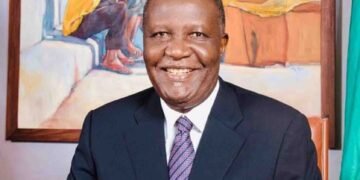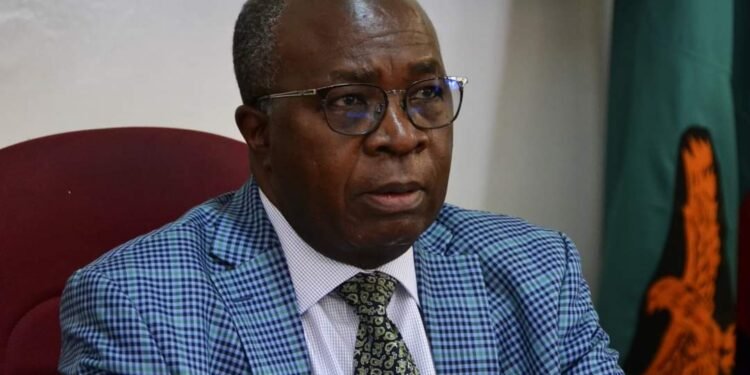 Zambia’s infrastructure revolution: A leap towards economic transformation
Zambia’s infrastructure revolution: A leap towards economic transformation
By Francesca Phiri
AS Minister of Finance and National Planning, Hon. Dr. Situmbeko Musokotwane, presented the 2026 National Budget to the National Assembly, it became clear that the government’s focus on infrastructure development is yielding remarkable results. With a strategic emphasis on connecting Zambia to neighboring countries and regional and international markets, our nation is transitioning from being landlocked to land-linked.
The budget’s theme, “Consolidating Economic and Social Gains Towards a Prosperous, Resilient and Equitable Zambia,” underscores the government’s commitment to fostering economic growth and development. The Ministry of Infrastructure, Housing and Urban Development plays a pivotal role in Zambia’s economic transformation, with a mandate that encompasses the development and maintenance of the country’s infrastructure, including roads, railways, airports, and water transport systems.
The 2026 budget allocates substantial funds to various sectors, including:
– General Public Services: K92.6 billion (36.6% of the budget), primarily for debt servicing
– Economic Affairs: K58.6 billion (23.2% of the budget), focusing on agriculture, road infrastructure, mining, energy, and tourism
– Education: K33 billion (13% of the budget)
– Health: K26.1 billion (10.3% of the budget)
– Social Protection: K15.7 billion (6.2% of the budget)
Infrastructure development
The budget highlights several infrastructure projects, including:
– Roads: Upgrading and maintaining key roads, such as the Lusaka-Ndola Dual Carriageway and feeder roads
– Railways: Revitalising the Tanzania-Zambia Railway Authority (TAZARA) and developing the Zambia-Lobito Railway Project
– Airports: Upgrading airports in Kasama, Chipata, Mongu, Solwezi, Mansa, and Mfuwe
– Water Transport: Completing the construction of Nchelenge Harbour and developing harbour infrastructure at Siavonga, Chipepo, Sinazongwe, and Shang’ombo
The budget projects a real GDP growth rate of 6.4% for 2026, with inflation targeted within the 6-8% band. The fiscal deficit is expected to be 2.1% of GDP, while domestic revenue is projected to rise to 22.3% of GDP.
These projections indicate a commitment to maintaining fiscal discipline while promoting economic growth and development.
As Zambia embarks on this ambitious infrastructure development journey, the nation is poised to unlock its vast economic potential.
With improved connectivity, increased access to markets, and enhanced trade opportunities, Zambia is set to become a hub for economic activity in the region.
The government’s commitment to infrastructure development is a testament to its vision for a prosperous, resilient, and equitable Zambia. As the country looks to the future, one thing is clear: Zambia’s infrastructure revolution is not just a development strategy, it’s a pathway to a brighter future for all Zambians.
The author is Principal Public Relations Officer at the Ministry of Infrastructure, Housing and Urban Development
























